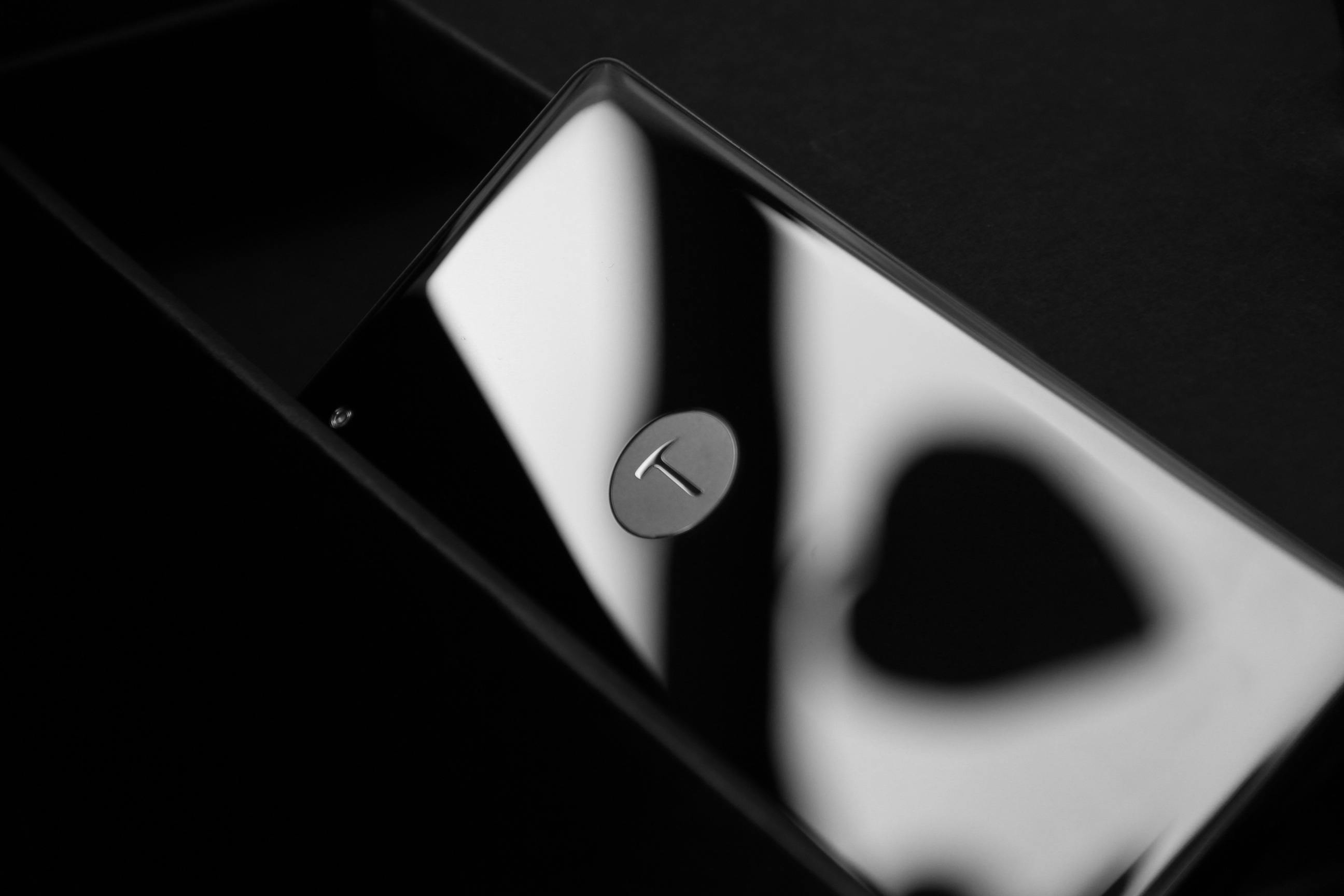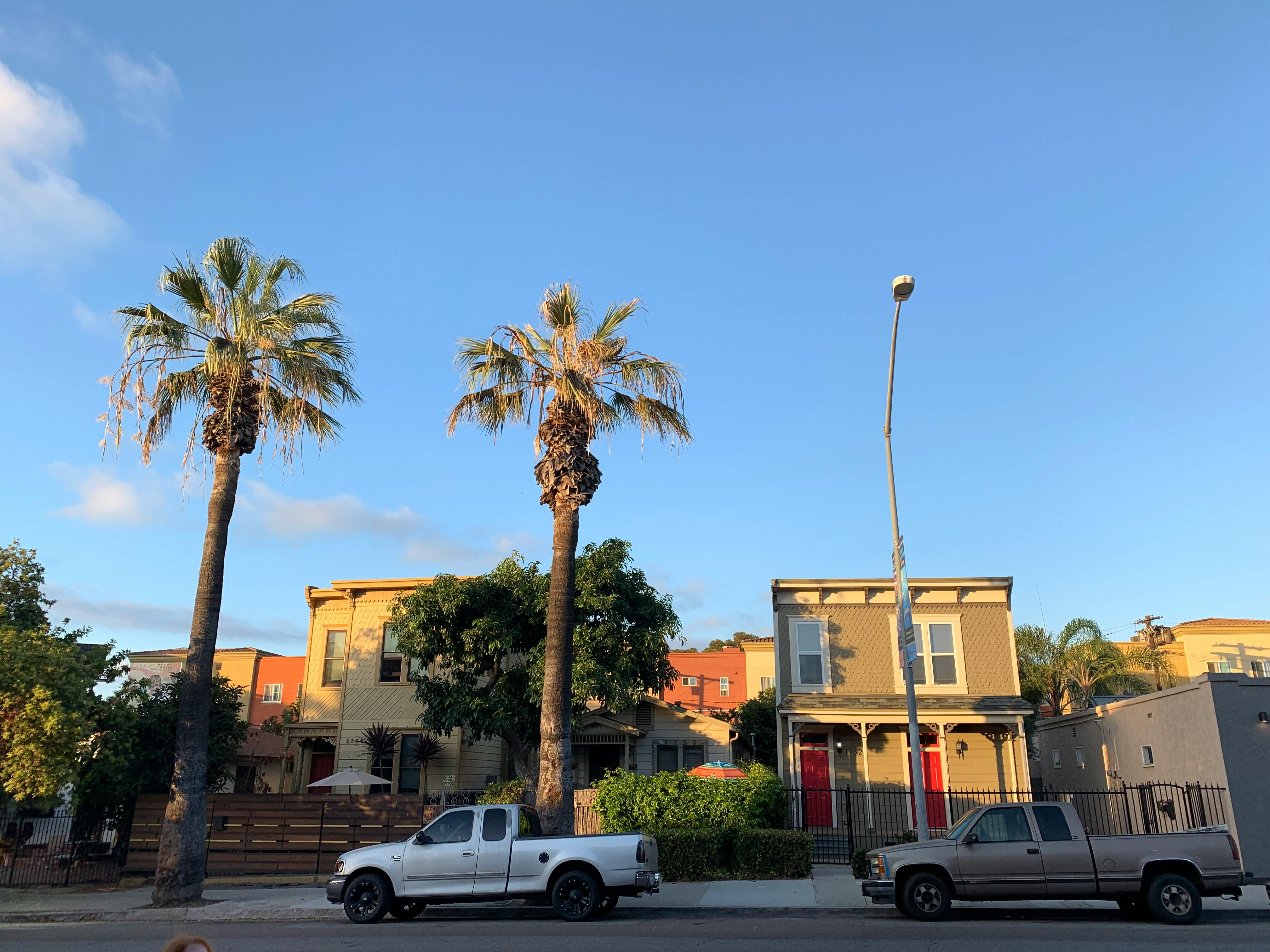What about antioxidants anyway? Six months ago I really had no idea what antioxidants were. I had heard the word many times before and the most I could tell you was that broccoli, tomatoes, and blueberries were good because they contained “antioxidants.” These days, everything, including shampoo and face cream, praises the power of antioxidants.
The scientific community is moving away from what not to eat. Don’t eat fat, sugar, red meat they are all bad for you, leaves a person very confused about what to eat? The latest medical research suggests that free radical damage and oxidative stress play a role in most diseases, as well as aging. The classic vitamin antioxidants are C, E, and beta-carotene. Certain minerals like zinc and selenium are also involved in antioxidant protection. However, research shows that tea, chocolate, soy products, as well as fruits and vegetables, have been shown to have compounds that provide antioxidant capabilities.
Studies from the Jean Mayer USDA Human Nutrition Research Center on Aging at Tufts University in Boston suggest that consuming fruits and vegetables with a high ORAC value may help slow the aging process in both the body and brain. ORAC, short for Oxygen Radical Absorbance Capacity, is a standardized test that measures the ability of food, blood plasma, and almost any substance to subdue oxygen free radicals.
Science has long held that oxygen free radical damage is behind many of the diseases that accompany aging, including cardiovascular disease and cancer. There is strong evidence that a high intake of fruits and vegetables reduces the risk of cancer and that a low intake increases the risk.” Antioxidants are protective substances found naturally in fruits, vegetables, and grains, so do what says mom and eat your fruits, vegetables and whole grains. A good way to get your antioxidants is from the rainbow of colors available. Yellow foods contain lutein, which protects eyesight, and anthoxanthins, which increase detoxification and protect against certain cancers .
Red foods contain lycopene which is believed to reduce the risk of stomach, bladder and colon cancer.
Green foods get their color from chlorophyll, which has the ability to block the action of certain carcinogenic substances.
Orange foods contain beta-carotene, a powerful antioxidant that has been shown to prevent stomach, breast, lung, and cervical cancers.
Blue/purple foods have anthocyanin, in addition to protecting against cancer they also dilate blood vessels and reduce the risk of stroke and heart attack. This may be the same reason that red wine has been shown to reduce the risk of heart attack.
Nutrition is complex and antioxidants aren’t the whole story and we may never know the whole story, but when they’re included in a healthy diet along with fiber and moderate amounts of protein and fat, you’re well on your way to preventing or even reversing disease. . . Medical science has discovered a molecule called glutathione, which they have called the Master Antioxidant (more on this at a later date).


